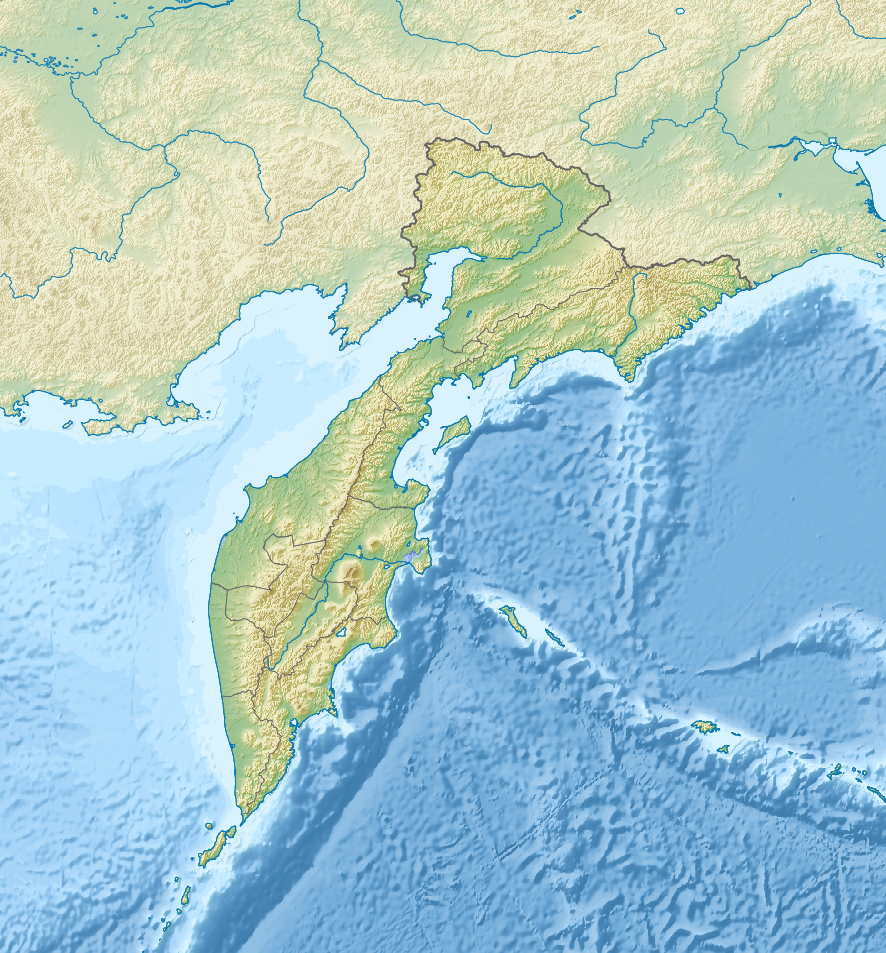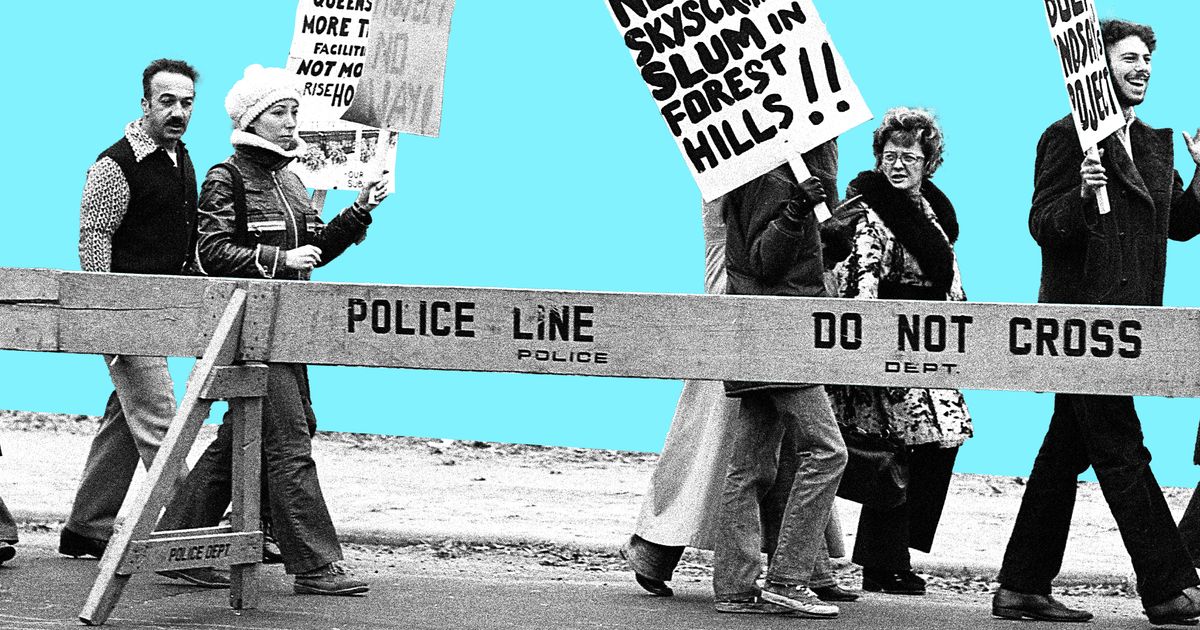
Five Best: Books on the Soviet Home Front in World War II
1. When Germany invaded the Soviet Union in June 1941, a small group of young Belorussians fled to the forests. As the invading Nazis and their local collaborators murdered more than 800,000 Belorussian Jews, these young partisans, now bereft of relatives, joined the Soviet partisan movement and created “family units” that fought the Nazis while also sheltering Jewish civilians. In interviews with the elderly survivors, Anika Walke reconstructs the history of the German occupation of what is today known as Belarus—the starvation, the mass shootings, the murders in the ghettos. After the war, the Soviet state refused to “divide the dead” by nationality. The uniquely horrific experience of the Jews was submerged in the general narrative of war losses. The Holocaust on Soviet soil is searingly detailed in this profound meditation on the pain of memory and erasure.
2. Once the Germans surrounded Leningrad in September 1941, the Nazis decided to starve the city. Over the next 872 days, almost one million people inside “the ring” died of hunger, cold and disease. Alexis Peri, using a remarkable cache of diaries kept during the siege, provides detailed testimony on the lives of the Leningraders who endured. As heating, electrical and water systems shut down, factories and schools were forced to close. Trams stopped running. Bundled figures pulling children’s sleds traversed the city on foot. Bodies swelled or dwindled from starvation. Time lost meaning. The work week collapsed, replaced by the 10-day ration interval. Children who had watched their parents die lived with their emaciated corpses in frigid apartments. In a chronicle of despair and resilience, Ms. Peri reveals a people’s intimate psychological reactions to the disintegration of their bodies, their families and the structures of normal life.





















